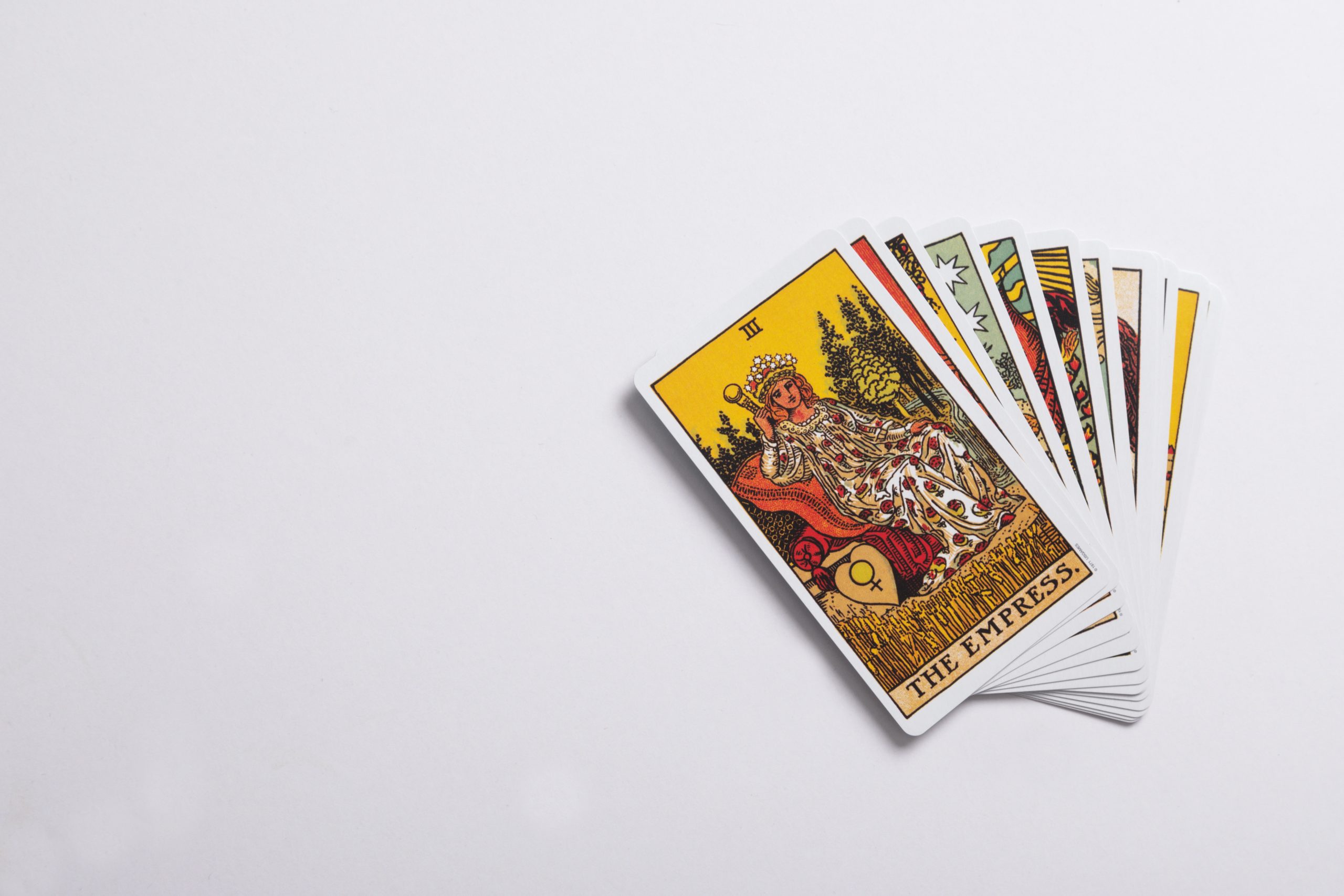How True Are Tarot Readings: Separating Fact from Fiction
For centuries, tarot readings have captivated and intrigued people seeking answers to their deepest questions. Derived from the Italian word “tarocchi,” tarot refers to a deck of 78 cards featuring symbolic images. While some regard tarot readings as purely entertainment, others believe in their ability to unravel the mysteries of the past, present, and future. In this blog post, we’ll explore the truth behind tarot readings, examining the origins, processes, and impact of their interpretations. Strap in as we embark on a journey to separate fact from fiction in the realm of tarot readings!
The History and Origins of Tarot
Understanding the roots of tarot is essential to comprehending its significance and impact. Historically, tarot cards were not designed for divination or fortune-telling but were instead created in the 15th century as playing cards for various card games.
The earliest documented tarot decks originated in Northern Italy, specifically in cities like Milan, Bologna, and Ferrara. These early tarot cards, known as “Tarocchi,” reflected the societal values, cultural references, and symbolism prevalent during that time.
It was only in the 18th century that French occultists began to reinterpret tarot cards through a mystical lens. Influenced by the Hermetic Order of the Golden Dawn and other mystical movements, tarot cards transformed into a tool for divination and self-reflection.
The Tarot Reading Process Explained
Tarot readings involve a skilled reader, also known as a tarot practitioner, who interprets the meaning of the cards based on their symbolism, positioning, and the querent’s specific inquiry. The process broadly follows these steps:
- Shuffling the Deck: The querent typically shuffles the tarot deck to infuse their energy into it. This step is vital as it forms a connection between the querent and the cards.
- Selecting the Cards: The tarot practitioner lays out a specific number of cards, often determined by the chosen tarot spread. These spreads can vary in complexity, ranging from simple three-card spreads to more intricate Celtic Cross spreads.
- Interpreting the Cards: The tarot practitioner analyzes the cards’ symbolism, their relative positions in the spread, and their relationships with one another. This interpretation forms the foundation of the reading, providing insights into the querent’s query and potential courses of action.
- Discussion and Reflection: The tarot practitioner discusses the interpretations with the querent, fostering a dialogue that allows the querent to gain additional insights and reflections on their situation.
Separating Fact from Fiction
Now that we have a basic understanding of tarot readings, let’s address some common misconceptions and separate fact from fiction:
1. Tarot Readings Predict the Future
Fact: Contrary to popular belief, tarot readings do not provide an exact blueprint of future events. Rather, they offer insights into potential paths and outcomes based on the present circumstances and the querent’s choices. The future is not set in stone, and free will plays a significant role in shaping it. Tarot readings serve as a guidance tool to help individuals make informed decisions.
2. Tarot Readers are Psychic
Fiction: While some tarot readers may possess psychic abilities, the practice of tarot reading does not inherently rely on them. Tarot readings are more about tapping into the collective unconscious, symbolism, and archetypes. A skilled tarot practitioner utilizes their knowledge, intuition, and understanding of the cards to provide meaningful interpretations.
3. Tarot Readings Are Always Accurate
Fact: Tarot readings are subjective experiences influenced by various factors. While a skilled tarot practitioner aims to provide accurate readings, individual perception, interpretation, and personal biases can impact the outcome. Additionally, the interpretation of tarot cards may differ among practitioners, as they bring their unique perspectives and experiences to the table. Nonetheless, tarot readings can offer valuable insights and provoke self-reflection.
4. Tarot Readings Can Solve All Problems
Fiction: Tarot readings are not a magical solution that can instantly solve all problems or provide definitive answers. They should be viewed as a tool for self-reflection, personal growth, and gaining insights into various situations. It is essential to approach tarot readings with realistic expectations.
The Impact of Tarot Readings
Regardless of their perceived accuracy or mystical properties, tarot readings have a profound impact on individuals who seek guidance, validation, or self-reflection. Tarot readings can offer:
- Clarity and Perspective: Tarot readings can help individuals gain clarity and see their situations from a fresh perspective. By providing alternative viewpoints and shedding light on subconscious patterns, tarot cards can assist in making more informed decisions.
- Empowerment: Tarot readings empower individuals by highlighting their strengths, potential obstacles, and available choices. By recognizing their agency, individuals can approach challenges with confidence and take proactive steps towards their goals.
- Spiritual and Personal Growth: Engaging with tarot cards often triggers introspection and self-reflection, leading to personal and spiritual growth. Tarot readings can serve as a catalyst for exploring one’s emotions, motivations, and aspirations.
Conclusion
While the true nature of tarot readings remains open to interpretation, their enduring popularity indicates their significant impact on individuals seeking guidance and self-reflection. Tarot readings offer a unique blend of art, symbolism, and intuition, creating a space for exploration and understanding. Whether you approach tarot readings as a believer, skeptic, or simply as an observer, the power of tarot lies in its ability to spark meaningful conversations and provide individuals with insights into their own lives.
So, the next time you come across a tarot reader offering their services, consider engaging in the experience with an open mind and a willingness to explore the depths of your subconscious. Who knows what wisdom the cards will reveal?
Table of Contents
